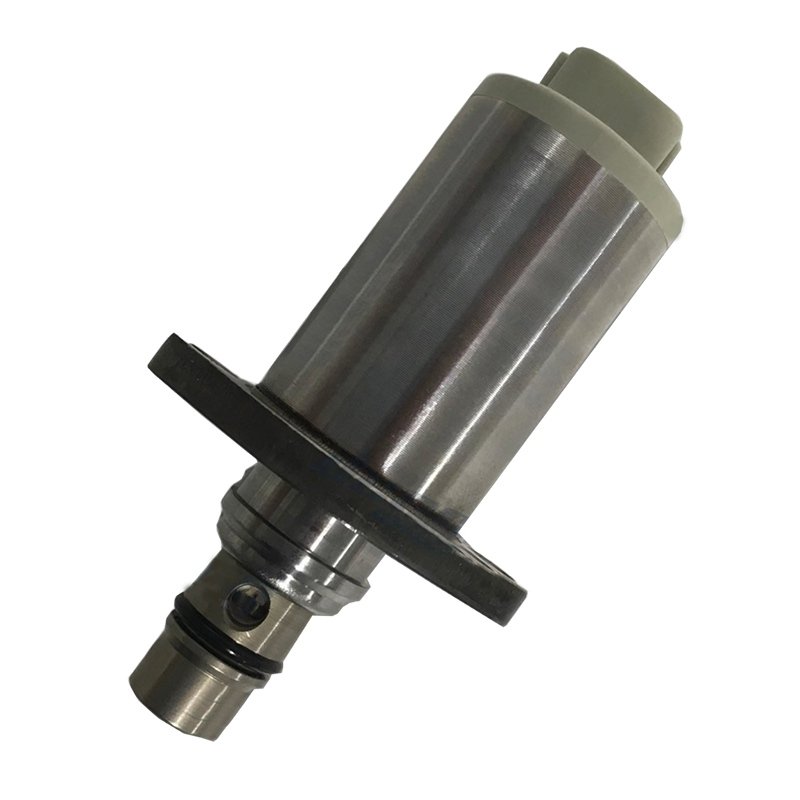When it comes to ensuring the optimal performance of your vehicle, the smallest components play a key role. A such component is the suction control valve, which is critical for controlling the fuel supply in contemporary diesel engines. This unassuming valve directly influences your vehicle's efficiency, emissions, and overall drivability. Understanding how to care for this essential part can make a major difference in your vehicle's reliability and longevity.
A lot of vehicle owners are often unaware of the importance of routine maintenance for the suction control valve. Neglecting this minor but powerful component can lead to issues with performance, higher fuel consumption, and even engine damage. By incorporating a few simple maintenance practices into your schedule, you can make sure that your suction control valve operates smoothly, helping your vehicle run at its optimal for a long time to come. Let's look at some helpful tips that will keep your engine performing effectively and consistently.

Understanding Suction Control Devices
Suction regulation valves play a key role in the functionality of contemporary diesel engines. These parts help control the diesel fuel supply to the engine by modulating the vacuum pressure within the fuel system. This regulation ensures optimal fuel delivery, enhancing engine efficiency and lowering emissions. Understanding how these valves function is essential for proper vehicle maintenance and functioning.
When the engine demands more power, the suction control valve modifies the fuel pressure accordingly, allowing for a greater flow of fuel. This adjustment is critical during speeding up and while going up uphill, as it helps the engine react effectively to changing driving circumstances. A malfunctioning suction control valve can lead to poor engine performance, higher fuel consumption, and potential harm to the engine over time.
Regular maintenance of the suction control valve is necessary to ensure it functions effectively. If the valve gets clogged or broken, it may result in erratic engine behavior, including jerky idling or stalling. Drivers should be aware of the signs of valve issues, such as a drop in fuel efficiency or a warning light on the control panel, and resolve them promptly to maintain vehicle reliability.
Maintenance Optimal Practices
To guarantee the durability and correct functioning of your device, consistent evaluation is key. Begin by looking for various signs of damage, corrosion, or faults around the valve body. Diligently inspect the joints to make sure they are tight and free from dirt. Detecting any irregularities early can prevent more serious problems down the way.
Cleaning the suction control valve is another important aspect of maintenance. Use a non-abrasive cloth to carefully wipe off dirt that may have collected. If necessary, use a recommended cleaning agent that won’t harm the valve elements. Ensuring the valve is clear from obstructions will improve its performance and lower the likelihood of performance issues.
Lastly, monitor your automobile's performance regularly. If you detect a decline in engine performance or effectiveness, it may be time to examine the suction control valve further. Listen for strange sounds, and pay attention to any kind of warning lights on your dashboard. Tackling these concerns promptly can help sustain the reliability of the valve and total vehicle performance.
Frequent Problems and Solutions
One typical issue with the suction control valve is clogging due to contaminants and debris. This can impact the performance of the valve and lead to reduced engine efficiency. To tackle this, consistently inspect and clean the valve as part of your vehicle's maintenance routine. Using a suitable cleaning solution can help remove any buildup that may obstruct the valve's operation.
Another regular problem is a failure of the valve to open or close correctly, which can result in fuel delivery issues and engine misfires. This can often be attributed to electrical connection problems or corrosion. Checking the wiring and connectors for any signs of wear or damage can help mitigate this issue. If you notice any issue, replacing the faulty components promptly will restore proper function.
Lastly, the suction control valve may experience wear over time, especially in vintage vehicles. Symptoms of wear can manifest as unusual noises or vibrations during operation. If you suspect that the valve is worn out, it's recommended to replace it with a quality OEM part to ensure reliability and stability. Regular checks can help you detect early signs of wear and take action before it leads to more significant engine issues.
